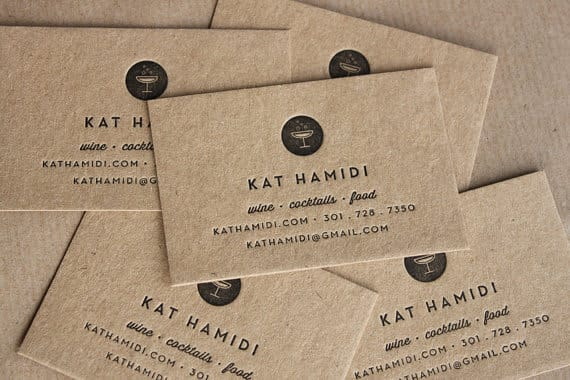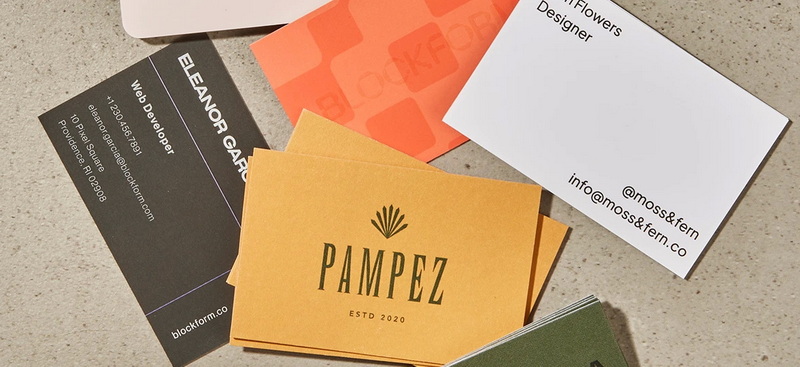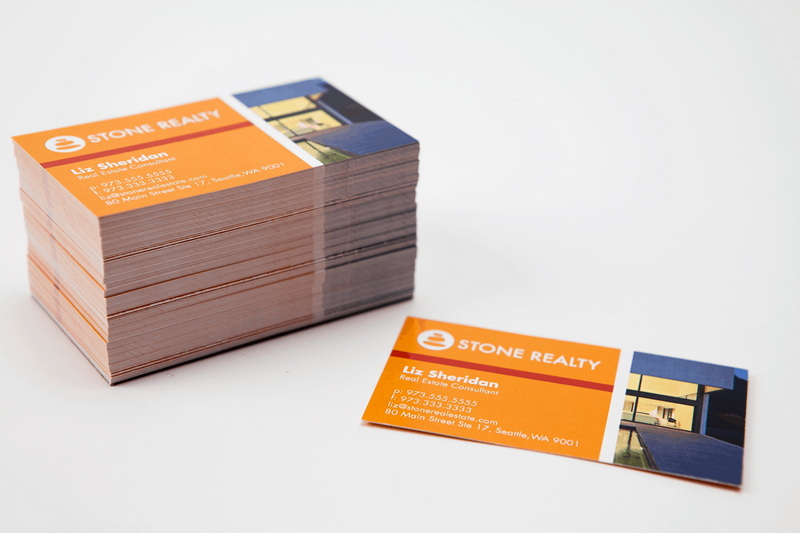Content Menu
● 1: Why France remains a premier destination for business cards
● 2: How to evaluate potential partners
● 3: Materials, finishes, and customization options
● 4: Workflow and production timelines
● 5: Integrating Shenzhen XingKun Packing Products Co., Ltd. as an OEM partner
● 6: Case studies and representative capabilities
● 7: Sustainability and ethical considerations
● 8: Tips for optimizing your France-based Business Cards program
● Conclusion
● Frequently asked questions
>> 1. What should I consider when selecting a Business Cards Manufacturers and Suppliers in France?
>> 2. Can French printers handle multilingual and global branding requirements?
>> 3. What finishes are most effective for standing out in a competitive market?
>> 4. How do I ensure color accuracy from design to print?
>> 5. What sustainability options should I consider for Business Cards in France?
France hosts a vibrant graphic design and print ecosystem, with a wide range of business cardmanufacturers and suppliers serving local startups, established companies, and international brands. This expanded article profiles leading French providers, highlights what to look for when selecting a partner, and offers practical guidance for achieving high-impact business card designs that align with your brand identity. Our aim is to help foreign brands, wholesalers, and manufacturers identify reliable OEM partners for business cards manufacturers and suppliers in France, while showcasing the breadth of printing capabilities available in the market. This expanded discussion also integrates practical considerations for Shenzhen XingKun Packing Products Co., Ltd. to act as an OEM partner within the French market, illustrating how production workflows, quality assurance, and international logistics come together in a seamless partnership.

1: Why France remains a premier destination for business cards
France offers a mature printing and design culture built on precision, color management, and sophisticated finishing techniques. French printers frequently collaborate with global brands to deliver consistent color reproduction across multiple markets, enabling easy scaling for international campaigns. The country's emphasis on craftsmanship translates into durable, tactile cards that leave a lasting impression. In addition, France continually explores new substrates and finishes that push creative boundaries, from luxurious textures to technologically advanced coatings.
Sustainability drives innovation in materials and processes. Many providers prioritize recycled and responsibly sourced papers, water-based inks, and low-VOC coatings. This aligns with corporate social responsibility goals for international buyers and helps brands meet evolving environmental norms in European markets. The French printing ecosystem also benefits from efficient regional logistics, enabling rapid turnarounds for campaigns, tradeshows, and seasonal promotions.
A strong OEM environment exists in France, meaning foreign brands can collaborate with local printers to customize card programs for specific markets. This can include multilingual branding, localized contact details, and compliance with regional data protection standards when personalizing cards with recipient information for campaigns.
2: How to evaluate potential partners
- Capabilities and technology: Assess color management systems, substrate compatibility, and the range of finishes such as foil stamping, embossing, debossing, spot UV, lamination, and soft-touch coatings.
- Production capacity: Consider minimum orders, batch sizes, lead times, and the ability to scale for large-volume runs or rapid prototyping.
- Quality assurance: Look for standardized QA processes, calibrated proofs (including physical proofs when possible), and traceability from raw materials to finished goods.
- Compliance and sustainability: Verify certifications for environmental stewardship, responsible sourcing, and worker safety. Confirm data security for any personalized or multilingual artwork.
- Logistics and after-sales support: Evaluate proximity to distribution hubs, customs handling for cross-border shipments, and the availability of dedicated account management and reprint support.
- Experience with OEM/ODM: Prioritize partners with proven experience serving international brands, including handling translations, asset management, and brand consistency across materials.
3: Materials, finishes, and customization options
- Paper and card stocks: A broad spectrum includes recycled fibers, FSC-certified papers, cotton-based stock, and premium uncoated or coated sheets suitable for various print methods.
- Card dimensions and thickness: Common sizes include 85x55 mm and 89x45 mm, with thickness options ranging from 300 g/m² to 700 g/m² for enhanced durability.
- Finishes: Matte, gloss, satin, soft-touch, UV-cured coatings, spot UV, and laminate options. Foil stamping in gold, silver, or custom metallics adds luxury accents.
- Special effects: Holographic foils, lenticular effects for motion, and tactile textures such as linen or felt-like finishes create memorable first impressions.
- Embellishments: Embossing, debossing, foil embossing, laser-cut details, and custom die-cut shapes to personalize card silhouettes.
- Production methods: Offset printing supports large-volume runs with stable color accuracy, while digital printing enables personalization, quick turnarounds, and short runs. Hybrid workflows can combine multiple finishes in a single job.
- Packaging for cards: Custom presentation boxes, magnetic closures, and branded holders can elevate the unboxing experience.
4: Workflow and production timelines
- Discovery and design brief: Start with brand guidelines, typography, color palette, and any multilingual text requirements. Define the target audience and campaign objectives to tailor the card's messaging and aesthetics.
- Artwork preparation: Ensure scalable vector logos, embedded fonts, and properly set color profiles. Prepare separate files for front/back designs if needed.
- Proofing stage: Digital proofs for rapid iteration, followed by physical proofs to verify color fidelity, texture, and finish accuracy before mass production.
- Pre-press and setup: Confirm bleed, trim marks, die lines, and foil or embossing specifications. Calibrate color workflows to ensure batch consistency.
- Print and finishing: Execute printing, laminating or coating, foil stamping, embossing, and any die-cutting. For complex finishes, coordinate multiple passes and timing to preserve alignment.
- Quality control: Conduct color checks, alignment tests, edge trimming accuracy, and finish integrity across the entire run. Address any deviations promptly.
- Packaging and shipping: Use protective packaging that safeguards finishes and prevents scuffing. Plan logistics to align with client delivery windows and regional distribution needs.
5: Integrating Shenzhen XingKun Packing Products Co., Ltd. as an OEM partner
Shenzhen XingKun Packing Products Co., Ltd. specializes in OEM services for a broad range of packaging and display products, including bespoke paper boxes, custom packaging solutions, and promotional materials. To leverage this capability for the French market:
- Align brand assets: Provide precise brand guidelines, logos, color specifications, and typography to maintain consistency across all card-related collateral.
- Coordinate materials: If your card program extends to premium packaging or point-of-sale displays, ensure material compatibility across substrates and finishes to avoid quality gaps.
- Manage multilingual assets: Prepare artwork in multiple languages, with localized copy and barcode or product data if required for distributed campaigns.
- Establish quality benchmarks: Define acceptance criteria for finishes, color accuracy, and dimensional tolerances to ensure consistent OEM output.
- Optimize logistics: Leverage Shenzhen XingKun's manufacturing network for scalable production, while coordinating with French partners for localization, QA, and distribution to European markets.

6: Case studies and representative capabilities
- Case study A: A cosmetics brand partnered with a French printer to produce premium business cards featuring a soft-touch finish and blind-embossed logo, complemented by luxury packaging inserts. Result: stronger brand perception and higher engagement in direct mail campaigns.
- Case study B: A technology company required multilingual business cards with QR codes linking to digital catalogs. The collaboration delivered personalized cards in multiple languages with accurate color reproduction and fast turnaround.
- Case study C: An eco-conscious brand used recycled stock and minimalist typography to reflect its sustainability values, producing cost-effective, high-volume cards suitable for mass distribution.
7: Sustainability and ethical considerations
- Material sourcing: Opt for FSC-certified or recycled papers and responsibly sourced inks to minimize environmental impact.
- Printing practices: Favor water-based or UV-curable inks with low VOC content and practical waste management strategies.
- End-of-life management: Promote recyclability of cards and packaging, and consider take-back or recycling programs whenever available.
- Supply chain ethics: Work with partners that maintain fair labor practices and transparent sourcing for raw materials and finishing components.
8: Tips for optimizing your France-based Business Cards program
- Define a clear branding framework: Supply brand guidelines, color standards, typography, and usage rules to ensure consistency across all card formats.
- Plan multilingual and regional needs: Prepare localized content and culturally appropriate design cues for target markets.
- Synchronize with marketing calendars: Align card production with tradeshows, product launches, and seasonal campaigns to maximize impact.
- Budget with value in mind: Balance premium finishes with practical volumes to achieve a strong ROI.
- Build a long-term partner relationship: Schedule regular design reviews, updates to card assets, and ongoing communication to adapt to evolving branding and campaigns.
Conclusion
France offers a rich ecosystem of Business Cards Manufacturers and Suppliers capable of delivering high-quality, creatively finished cards for a wide range of marketing goals. By selecting the right partner and leveraging OEM capabilities, brands can achieve a tangible, memorable touchpoint that reinforces identity and drives engagement across international markets. A well-planned card program complements broader branding and sales efforts, reinforcing a professional image for foreign brands, wholesalers, and manufacturers collaborating with OEM partners in France. For Shenzhen XingKun Packing Products Co., Ltd., this framework demonstrates how to integrate French production excellence with Chinese manufacturing efficiency to deliver compelling card programs for international clients.

Frequently asked questions
1. What should I consider when selecting a Business Cards Manufacturers and Suppliers in France?
Answer: Evaluate material options, finishes, minimum order quantities, lead times, and the provider's experience with OEM services for international clients.
2. Can French printers handle multilingual and global branding requirements?
Answer: Yes, many providers offer multilingual artwork support, global color management, and international shipping capabilities to accommodate diverse markets.
3. What finishes are most effective for standing out in a competitive market?
Answer: Soft-touch coatings, spot UV, foil stamping, and embossing/debossing are popular for adding tactile and visual appeal.
4. How do I ensure color accuracy from design to print?
Answer: Use ICC color profiles, provide calibrated proofs, and request physical proofs before full production.
5. What sustainability options should I consider for Business Cards in France?
Answer: Choose FSC-certified or recycled papers, low-VOC inks, and suppliers that offer responsible waste management and recycling programs.
































